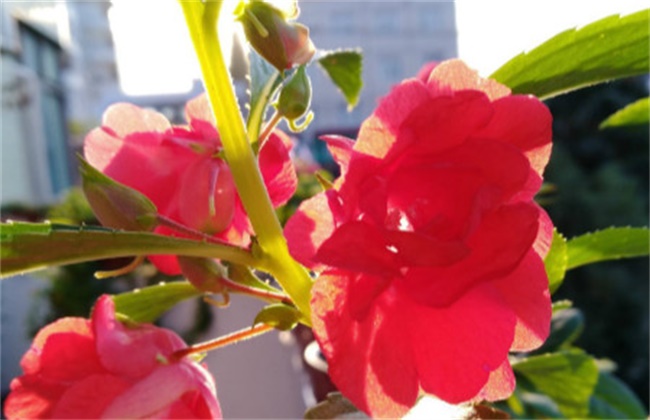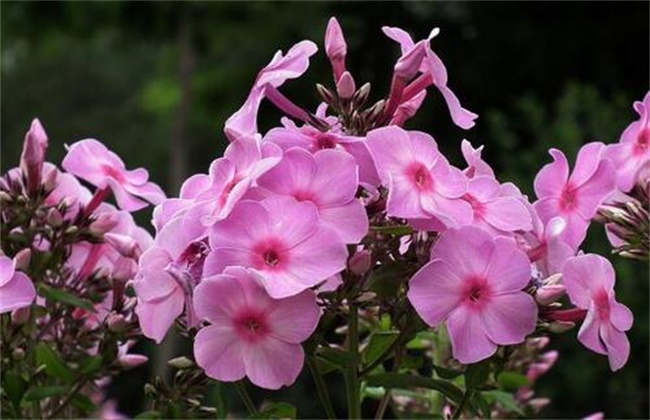What should I do if the hem of impatiens leaves dries up?
Impatiens is a kind of flower plant, which is distributed all over our country. The ornamental value of impatiens is very high, and it is welcomed by many people. Now, as a potted plant, there is a very big market. However, in the cultivation of impatiens, there are often many problems, among which the curling of impatiens leaves is one of them. So what should I do if the hem of the impatiens leaves dries up? The following editor will give you a brief introduction, let's have a look!

1. Proper watering
In fact, impatiens is very easy to raise, has a strong drought tolerance. Therefore, when we water impatiens, we should pay attention to the amount of water and frequency of watering, not too much. Avoid the phenomenon of rotten roots in water, which leads to the curling and drying of impatiens leaves. However, we can not be in a dry environment for a long time, if there is a long-term lack of water, then the leaves will roll and wither because of the lack of water. So if it is the lack of water that leads to the curling and drying of impatiens leaves, then it should be watered in time and irrigated thoroughly at one time to increase the water content of plants and soil. Then in the later stage, if the soil is found to be dry, it should be watered in time, but not too much to avoid stagnant water.
2. Lighting control
Impatiens prefer to grow in an environment with plenty of light. If you want impatiens to grow normally, then plenty of sunshine is essential. Therefore, if in the impatiens growing period, long-term in a dark and weak light environment and can not see the sun, then it will inhibit the growth of impatiens. As a result, there are all kinds of bad phenomena, such as leaf curling and drying up. Therefore, if impatiens is growing without light, it is necessary to make up the light in time. But also do not let its exposure, to gradually increase the light. In summer, in order to prevent impatiens from being exposed to the sun, we should also pay attention to shading. Just provide it with an appropriate amount of scattered light.
3. Spray solution
When raising impatiens, a suitable growth environment is very important. If the growing environment of impatiens is uncomfortable, it is extremely vulnerable to a variety of diseases and insect pests. Especially all kinds of insect pests, such as aphids, whitefly and so on. These pests lay eggs on the leaves and suck them, which naturally causes the leaves to curl and dry up. So if it is caused by insect pests, then you must spray in time for prevention and control. However, we should pay attention to the concentration of the solution to avoid drug damage caused by too high concentration. Mainly focus on prevention, in the later stage, we should strengthen management, bask in the sun more, do a good job in ventilation, and reduce the phenomenon of diseases and insect pests.
The above is a brief introduction to what to do with the curling of impatiens leaves. There are many reasons for the curling and drying of impatiens leaves, in addition to the above, it may also be caused by excessive fertilization, poor air circulation and other reasons, so we must pay more attention to it. That's all for today's introduction. This article is for reference only. I hope it can be helpful to everyone.
Related
- Fuxing push coffee new agricultural production and marketing class: lack of small-scale processing plants
- Jujube rice field leisure farm deep ploughing Yilan for five years to create a space for organic food and play
- Nongyu Farm-A trial of organic papaya for brave women with advanced technology
- Four points for attention in the prevention and control of diseases and insect pests of edible fungi
- How to add nutrient solution to Edible Fungi
- Is there any good way to control edible fungus mites?
- Open Inoculation Technology of Edible Fungi
- Is there any clever way to use fertilizer for edible fungus in winter?
- What agents are used to kill the pathogens of edible fungi in the mushroom shed?
- Rapid drying of Edible Fungi



